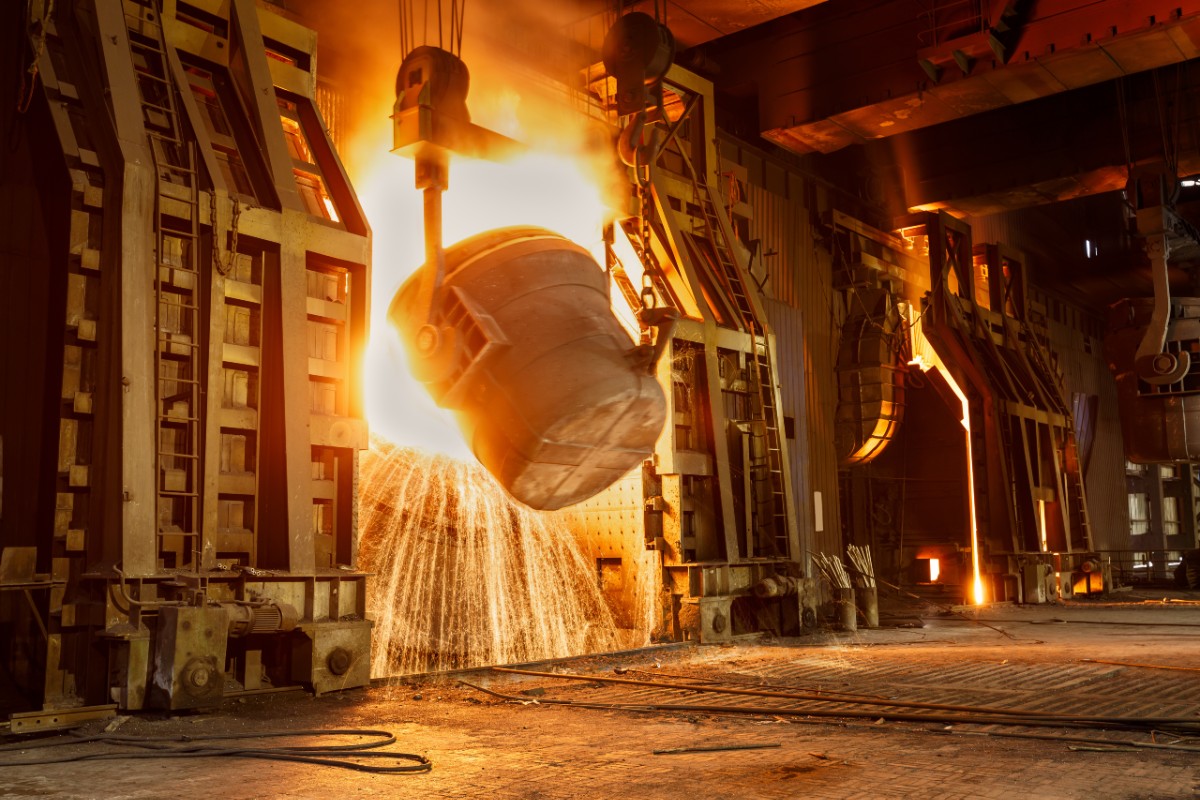December 13, 2021
New collaborative project on Development of Sound Sensors for Basic Oxygen Furnace
The Steel Research Hub has just commenced another project between Swinburne University of Technology (SUT) and BlueScope Steel. The project will focus on the “Development of Sound Sensors for Basic Oxygen Furnace (BOF)” as part of the drive by BlueScope to implement Industry 4.0 in their steelmaking plants.
BlueScope is a provider of innovative steel materials, products, systems and technologies, headquartered in Australia with operations spread across North America, Australia, New Zealand, Pacific Islands and throughout Asia. They are one of the world’s leading manufacturers of painted and coated steel products, and with a strong expertise in steel they provide vital components for houses, buildings, structures, automotive and more.
BlueScope is looking to improve control of their BOF process through the development of sensors to incorporate in advanced control systems. There is evidence that information about splashing and foaming could be obtained by improved signal processing and the use of multi-head microphone systems that would allow sonic mapping of the steelmaking vessel in real-time. This work is building on previous work at Swinburne looking at how sound signals vary in gas stirred vessels and BlueScope’s own experience using sound sensors at their plant.
The Project team consists of SUT’s Project Leader, Geoffrey Brooks and Associate Researchers, Michelle Dunne and David Sly, and BlueScope’s Slabmaking Technology Engineers Peter Varcoe and Wang Leung, and Slabmaking Technology Manager Rod Snashall. A jointly supervised PhD candidate will be employed to undertake the main research activities.
The expected outcome of the project is a real-time analysis system that provides detailed information about the mode of splashing with lance height, the height of the slag foam across the vessel and potentially long-term changes in the vessel geometry. This will create a new and novel understanding of how the height of foaming in a BOF vessel during oxygen blow can be more accurately measured and monitored in real-time using sonic sensors, which would ideally be incorporated into the control systems used at BlueScope. The expected benefits and impact include improved BOS operations in terms of efficiency, yield improvement, quality improvement, cost reduction and/or productivity.
The Steel Research Hub looks forward to this new collaboration and seeing the many achievements that advance.
